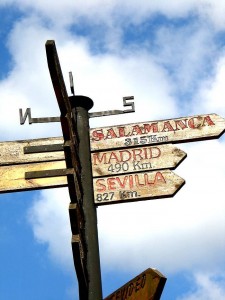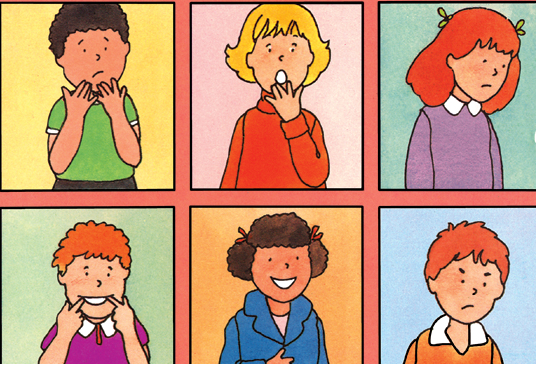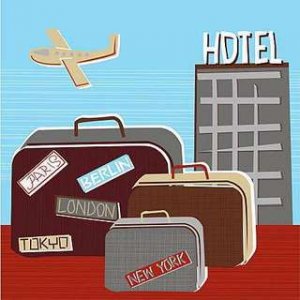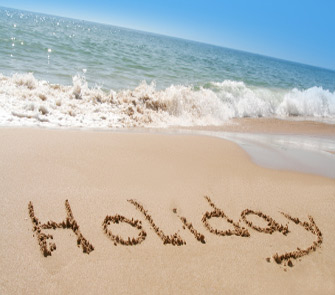Getting directions is very important wherever you are, but especially if you are an English speaker in a mainly Spanish-speaking area. This month’s Spanish tip is all about directions.

North– Norte
Northern -Norteño, Del Norte
South– Sur
Southern- Sureño, Del Sur
East- Este
Eastern- Oriental, Del Este
West– Oeste
Western- Occidental, Del Oeste
Just as in English you can combine these cardinal directions into Southeast, Southwest, Northeast, Northwest, etc, as Sureste, Suroeste, Noreste, Noroeste.
Other directions you might need may include:
Left– Izquierda
Right– Derecha
Straight– Derecho, Recto
*As a note, this can be confusing since the only difference is the “o” or the “a”. Pay attention to this small difference or you WILL get lost! Even more confusing is lado derecho means “right side” not straight. To be a little more clear you might choose “recto” instead.*
To Turn -Doblar
Dobla aquí. Turn here.
To follow -Seguir
To continue– Continuar
Here –Aquí
There –Allí
Over Here- Acá
Over There –Allá
Near- Cerca
Far- Lejos
City Block-Cuadra, Bloque
Corner– Esquina, Rincón (yes! That is what our little town on the western corner of Puerto Rico is called too!)
Mile-Milla (Me-ya)
Kilometer– Kilometro
Address– Dirección
Directions– Indicaciones
*Note that address sounds closer to direction (dirección), but it is linguistically a false friend/cognate*
Where is…Dónde está…?
So let’s try these out.
Lost person looking for the museum: ¿Por favor, me puede decir dónde está el museo más cerca de aquí?
Helpful person giving directions: Claro que sí. Solamente necesita doblar a la derecha en esta esquina y continuar derecho hasta la tercera casa. Luego, doble a la izquierda al fin de la cuadra para llegar a la parte norte del edificio. No es muy lejos y se puede ir de pie. Es menos de una media milla para llegar allá
Did you get all that or would you get lost going to the museum?
How much did you catch? Here is the translation:
Lost person looking for the museum: Excuse me, can you please tell me where the closest museum is from here?
Helpful person giving directions: Sure. All you need to do is turn right at this corner and keep going straight until you see the third house. Then, turn left at the end of the block to arrive at the north part of the building. It’s not very far and you could walk there. It’s less than a half mile there.
Also remember with directions that some people like cardinal directions like North, South, East and West and others like the right, left, straight better. Also a lot of times you may use street names, or landmarks, streetlights and buildings to designate a turn or in preparation of arriving at your destination. Other times directions could be as simple as pointing in which case you can sigh a breath of relief! 





